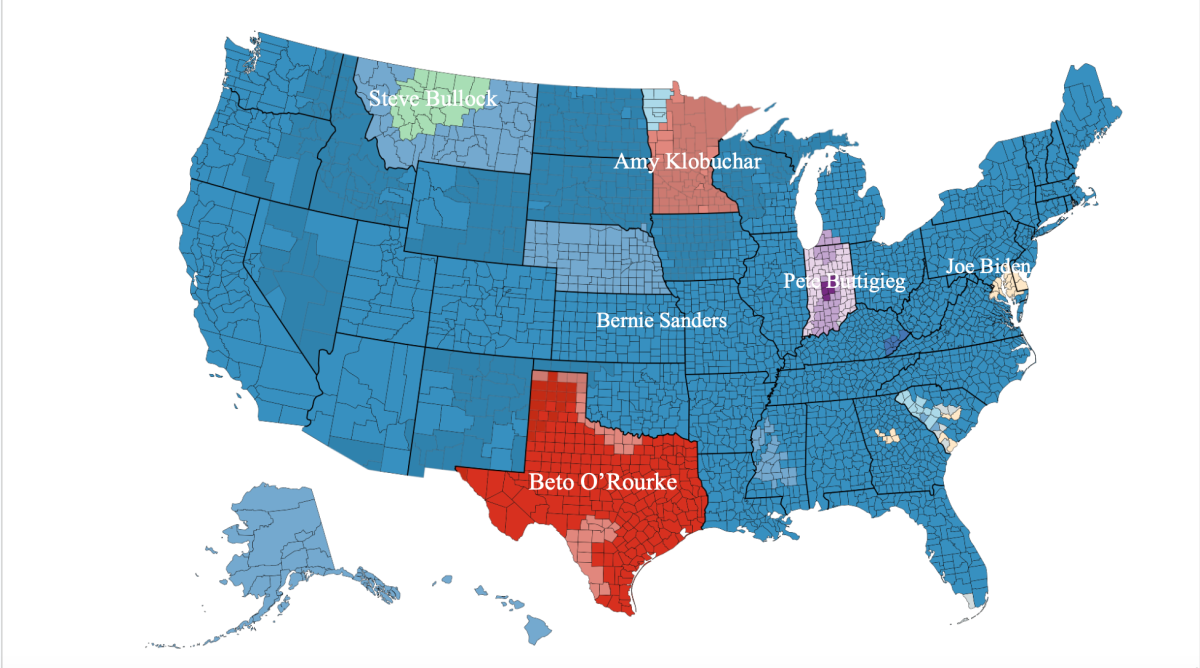Editor’s Note: This guest column was submitted by Ciara Wallace, a senior political science major enrolled in the university’s Columbus Program in State Issues. She is currently interning with the Ohio Legislative Black Caucus within the Ohio House of Representatives. The opinions expressed in this article are those of the writer and do not necessarily reflect the views of any KentWired staff member.
In a society built upon the principles of justice and equality, we find ourselves at a crossroads in the face of an inhumane practice: the death penalty. We pool our values as a society to protect families, yet the death penalty stands as a contradiction to these ideals. Notably, Ohio has taken a significant step forward toward this goal with a bipartisan bill aimed at ending capital punishment.
As an advocate for justice and equality, I firmly stand for the abolition of the death penalty, recognizing its disproportionate impact on Black and brown individuals and its undeniable cruelty.
The glaring truth about the death penalty is it has not been administered equitably.
The Death Penalty Information Center data shows clearly Black and brown individuals have been disproportionately targeted and executed, revealing systemic biases that have tragically led to wrongful convictions. The United States General Accounting Office reported “in 82% of the studies, race of the victim was found to influence the likelihood of being charged with capital murder or receiving the death penalty, i.e., those who murdered whites were found more likely to be sentenced to death than those who murdered blacks.”
This horrifying statistic demonstrates our justice system is marred by a disturbing racial bias that cannot be rectified.
Moreover, real-life cases like that of Troy Davis highlight the miscarriages of justice that can occur within the death penalty system. Davis, a black man, was executed in 2011 for the murder of a police officer despite the absence of any physical evidence linking him to the crime. He was later found innocent.
His case exemplifies the irrevocable and irreversible nature of the death penalty. Once a life is taken, there is no room for correction.
Beyond its inherent racial bias, the death penalty is fundamentally inhumane.
Advocates for the death penalty might argue it serves as a deterrent to crime and addresses the issue of overcrowded prisons. However, using capital punishment to address overcrowding reveals a brutal disregard for human rights.
Countless individuals are languishing in prisons for nonviolent offenses, and the solution cannot be to sacrifice human lives through execution.
Furthermore, the act of taking a life, even under the guise, is an affront to our shared values of compassion and human dignity. The process of execution itself is often painful and traumatic, causing unnecessary suffering to both the individual being executed and their families.
Such an approach tarnishes our claim to be a just and civilized society.
Ohio recently reintroduced the now bipartisan bill to end capital punishment on Sept. 6. This signifies a turning point in the nationwide effort to abolish this practice, especially after previous unsuccessful attempts. It demonstrates the call for justice transcends political lines, uniting individuals who recognize the moral and practical flaws of capital punishment.
Ciara Wallace is a guest columnist. Contact her at [email protected].








Dudley Sharp • Feb 16, 2024 at 4:02 pm
Ciara, please review
Troy Davis & The Innocent Frauds of the anti death penalty lobby
at prodpinnc.blogspot
The death penalty is sought for justice, as with all other sanctions.
Dudley Sharp • Sep 19, 2023 at 9:24 pm
White murderers are twice as likely to be executed as are black murderers
From 1977-2012, white death row murderers have been executed at a rate 41% higher than are black death row murderers, 19.3% vs 13.7%, respectively.
“There is no race of the offender / victim effect at either the decision to advance a case to penalty hearing or the decision to sentence a defendant to death given a penalty hearing.”
For the White–Black comparisons, the Black level is 12.7 times greater than the White level for homicide, 15.6 times greater for robbery, 6.7 times greater for rape, and 4.5 times greater for aggravated assault.
As robbery/murder and rape/murder are, by far, the most common death penalty eligible murders, the multiples will be even greater, as one would expect.